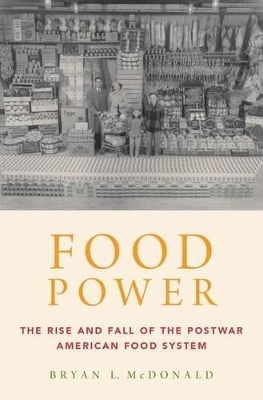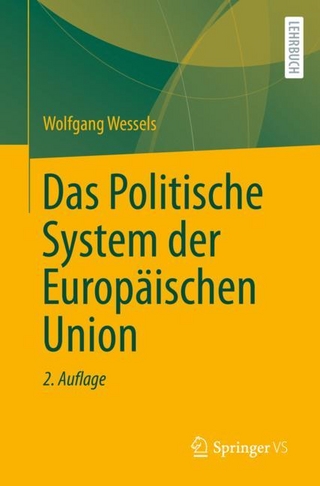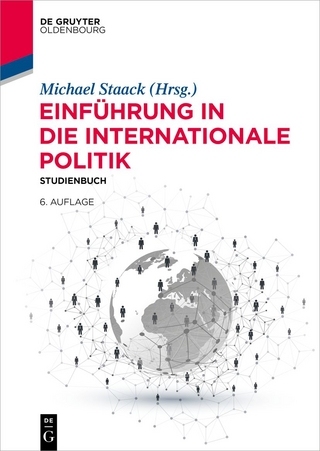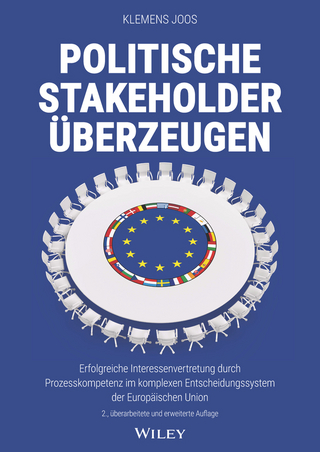
Food Power
The Rise and Fall of the Postwar American Food System
Seiten
2016
Oxford University Press Inc (Verlag)
978-0-19-060068-6 (ISBN)
Oxford University Press Inc (Verlag)
978-0-19-060068-6 (ISBN)
Food Power brings together the history of food, agriculture, and foreign policy to explore the use of food to promote American national security and national interests during the first three decades of the Cold War.
In Food Power, Bryan L. McDonald brings together the history of food, agriculture, and foreign policy to explore the use of food to promote American national security and national interests during the first three decades of the Cold War. In the years after World War II, Americans struggled to understand how an unprecedented abundance of food could be used to best advance American goals and values. Was food a weapon, a commodity to be valued and exchanged through markets, or a substance to be provided to those in need? The use of food as an element of national power is often referred to as "food power." McDonald traces different visions of food power and shows how food was an essential part of America's postwar modernization strategy -- its vision of what it meant to be a stable, secure, and technologically advanced nation.
Debates during the postwar years about how food power could help the United States achieve goals such as stability, prosperity, and security were part of a larger conversation about the role of food in the security of states, communities, and individuals. America helped build a new, postwar food system based on the steadying influence of American agricultural surpluses that helped maintain stable prices and food availability. This system averted a global-scale food crisis for almost three decades. The end of this food system in the early 1970s ushered in a much more unstable period in global food relations. Food Power argues that efforts to both interpret America's role in the world during the mid-twentieth century and to address contemporary food problems can be strengthened by understanding more fully the ways postwar American policymakers and experts sought to shape the politics of security and prosperity by linking people and places around the world through food.
In Food Power, Bryan L. McDonald brings together the history of food, agriculture, and foreign policy to explore the use of food to promote American national security and national interests during the first three decades of the Cold War. In the years after World War II, Americans struggled to understand how an unprecedented abundance of food could be used to best advance American goals and values. Was food a weapon, a commodity to be valued and exchanged through markets, or a substance to be provided to those in need? The use of food as an element of national power is often referred to as "food power." McDonald traces different visions of food power and shows how food was an essential part of America's postwar modernization strategy -- its vision of what it meant to be a stable, secure, and technologically advanced nation.
Debates during the postwar years about how food power could help the United States achieve goals such as stability, prosperity, and security were part of a larger conversation about the role of food in the security of states, communities, and individuals. America helped build a new, postwar food system based on the steadying influence of American agricultural surpluses that helped maintain stable prices and food availability. This system averted a global-scale food crisis for almost three decades. The end of this food system in the early 1970s ushered in a much more unstable period in global food relations. Food Power argues that efforts to both interpret America's role in the world during the mid-twentieth century and to address contemporary food problems can be strengthened by understanding more fully the ways postwar American policymakers and experts sought to shape the politics of security and prosperity by linking people and places around the world through food.
Bryan McDonald is Assistant Professor of History at Pennsylvania State University.
Acknowledgments
Introduction: Food Power, the Food Network, and American Security
Chapter 1: Freedom from Want: Creating a Postwar Food System
Chapter 2: Fixed Stomachs and Convenience Foods: Abundance and Food in the 1950s
Chapter 3: Freedom to Farm: Prosperity, Security, and "the Farm Problem" in the 1950s
Chapter 4: What to Eat After an Atomic Bomb: Deploying Food Power Defensively
Chapter 5: Food for Peace and the War on Hunger: Food Power in the 1960s
Chapter 6: The World Food Crisis and the End of the Postwar Food System
Conclusion: The Past, Present, and Future of World Food Problems
Notes
Index
| Erscheinungsdatum | 29.11.2016 |
|---|---|
| Verlagsort | New York |
| Sprache | englisch |
| Maße | 163 x 236 mm |
| Gewicht | 499 g |
| Themenwelt | Sozialwissenschaften ► Politik / Verwaltung ► Europäische / Internationale Politik |
| Technik ► Lebensmitteltechnologie | |
| ISBN-10 | 0-19-060068-3 / 0190600683 |
| ISBN-13 | 978-0-19-060068-6 / 9780190600686 |
| Zustand | Neuware |
| Haben Sie eine Frage zum Produkt? |
Mehr entdecken
aus dem Bereich
aus dem Bereich
Studienbuch
Buch | Hardcover (2023)
De Gruyter Oldenbourg (Verlag)
44,95 €
erfolgreiche Interessenvertretung durch Prozesskompetenz im komplexen …
Buch | Hardcover (2023)
Wiley-VCH (Verlag)
42,00 €


